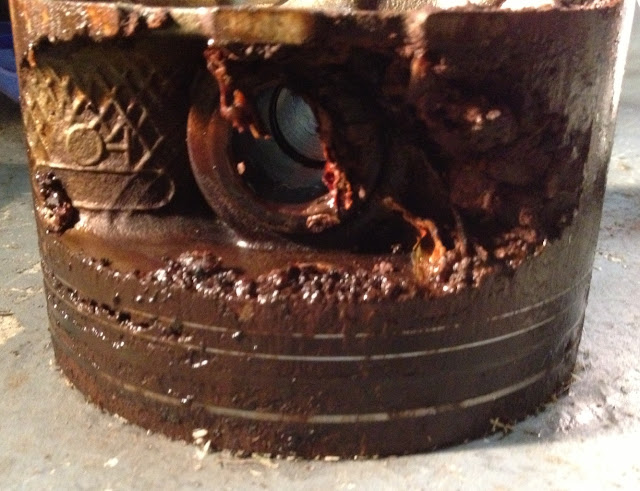sledger46
Well-Known Member
Hello all,
I decided to create a separate thread concerning the details of the Magnum engine I was planning to swap into a 67 Dart. The back story goes like this: The current LA 360 in my Dart is your typical junkyard 360 from the late 70s with low compression and 2bbl cam. I was originally planning to pull the 360 for a mild performance build. It just so happens a low mileage 360 pops up on Craigslist. It is a 320 HP, Magnum 360, crate engine with 20,000 miles. The price is only $400. The engine was only missing the valve covers and the oil pan. For another $100 I picked up a M1 dual plane to go on it.
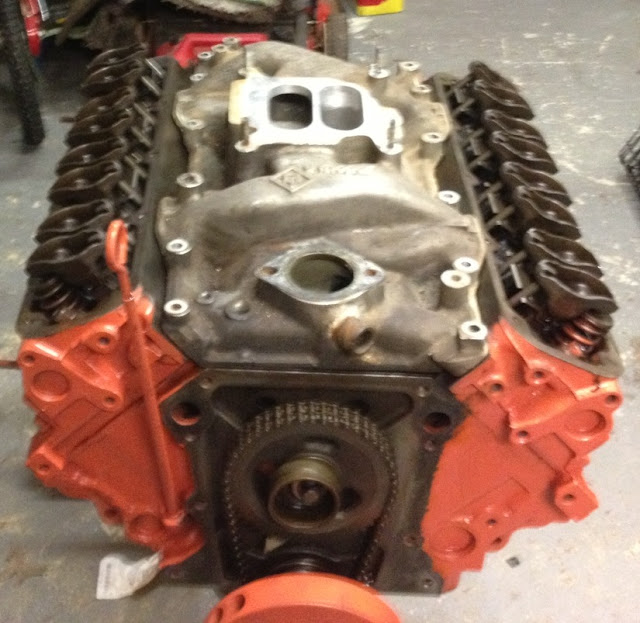
I patted myself on the back for this lucky find and immediately began to order up parts for it. I ordered up the correct oil pan and pickup for my Dart. I also picked up a used flexplate for a Magnum that would allow me to run my zero balance torque converter. I even called up Comp Cams and had a custom roller cam ground.
I had originally planned to swap in the cam and use the springs on the Magnum heads as they are the "heavy duty" ones. Failing to find the specs on the "heavy duty" springs. I figured it would be a good idea to swap the springs and clean up the bowls in the heads. I might even mill the heads a bit and use the thinner gasket to gain some more compression.
Like many of my other projects that just started as an innocent cam swap and nothing more, I began my taking the engine apart. The first task was to remove the intake, which took less than 3 seconds due to my awesome mechanic skills. NOT...it wasn't even bolted down.
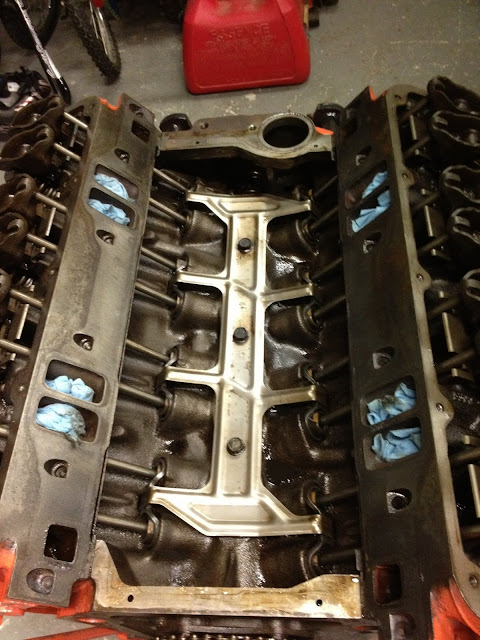
The lifter valley was clean and free of debris. I began the job of removing the rockers and pushrods on the drivers side head. I then removed the head bolts and removed the head. What I found would be considered typical for an engine with 20K miles.
I pulled the rockers and pushrods from the passenger side head and then proceeded to remove the head bolts. When I pulled the passenger side head I was greeted by a strange alien life form....
WARNING: The following picture are not intended for persons with weak constitutions!
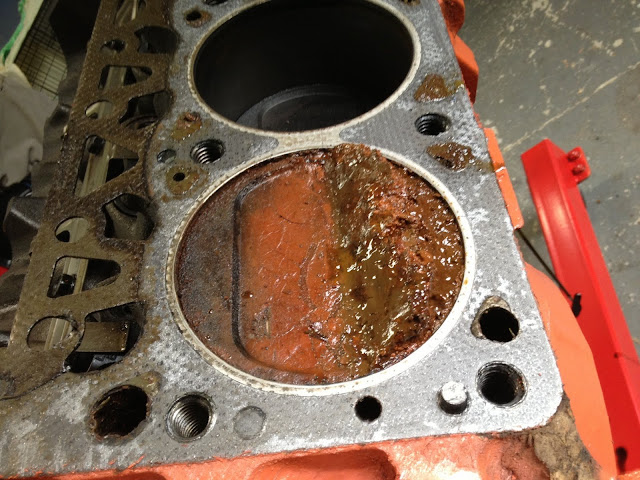
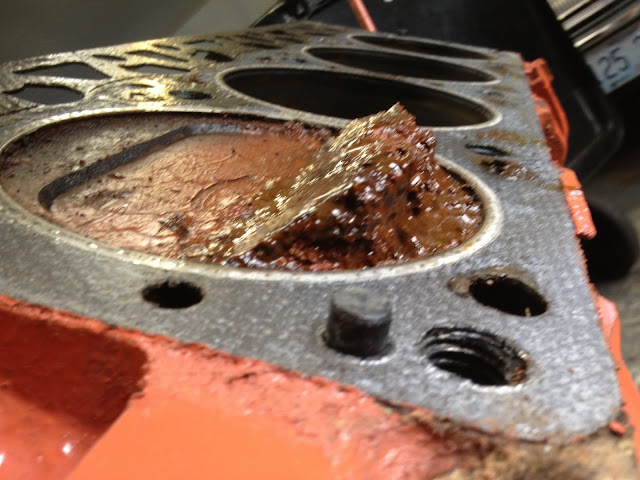
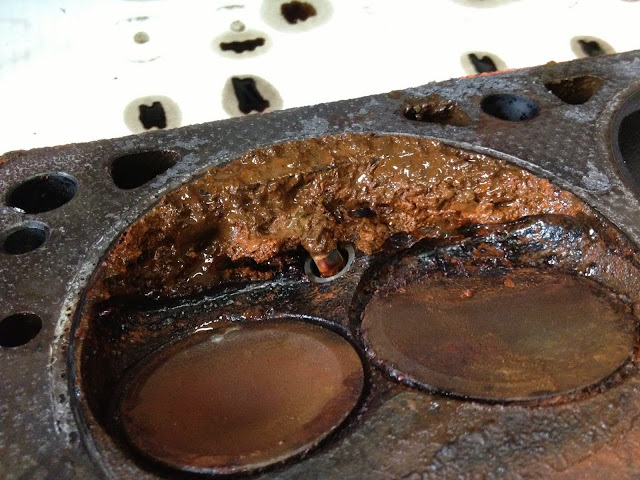
I removed the alien life form and placed it in a specimen bag for future investigation.

I decided to create a separate thread concerning the details of the Magnum engine I was planning to swap into a 67 Dart. The back story goes like this: The current LA 360 in my Dart is your typical junkyard 360 from the late 70s with low compression and 2bbl cam. I was originally planning to pull the 360 for a mild performance build. It just so happens a low mileage 360 pops up on Craigslist. It is a 320 HP, Magnum 360, crate engine with 20,000 miles. The price is only $400. The engine was only missing the valve covers and the oil pan. For another $100 I picked up a M1 dual plane to go on it.

I patted myself on the back for this lucky find and immediately began to order up parts for it. I ordered up the correct oil pan and pickup for my Dart. I also picked up a used flexplate for a Magnum that would allow me to run my zero balance torque converter. I even called up Comp Cams and had a custom roller cam ground.
I had originally planned to swap in the cam and use the springs on the Magnum heads as they are the "heavy duty" ones. Failing to find the specs on the "heavy duty" springs. I figured it would be a good idea to swap the springs and clean up the bowls in the heads. I might even mill the heads a bit and use the thinner gasket to gain some more compression.
Like many of my other projects that just started as an innocent cam swap and nothing more, I began my taking the engine apart. The first task was to remove the intake, which took less than 3 seconds due to my awesome mechanic skills. NOT...it wasn't even bolted down.

The lifter valley was clean and free of debris. I began the job of removing the rockers and pushrods on the drivers side head. I then removed the head bolts and removed the head. What I found would be considered typical for an engine with 20K miles.
I pulled the rockers and pushrods from the passenger side head and then proceeded to remove the head bolts. When I pulled the passenger side head I was greeted by a strange alien life form....
WARNING: The following picture are not intended for persons with weak constitutions!



I removed the alien life form and placed it in a specimen bag for future investigation.




